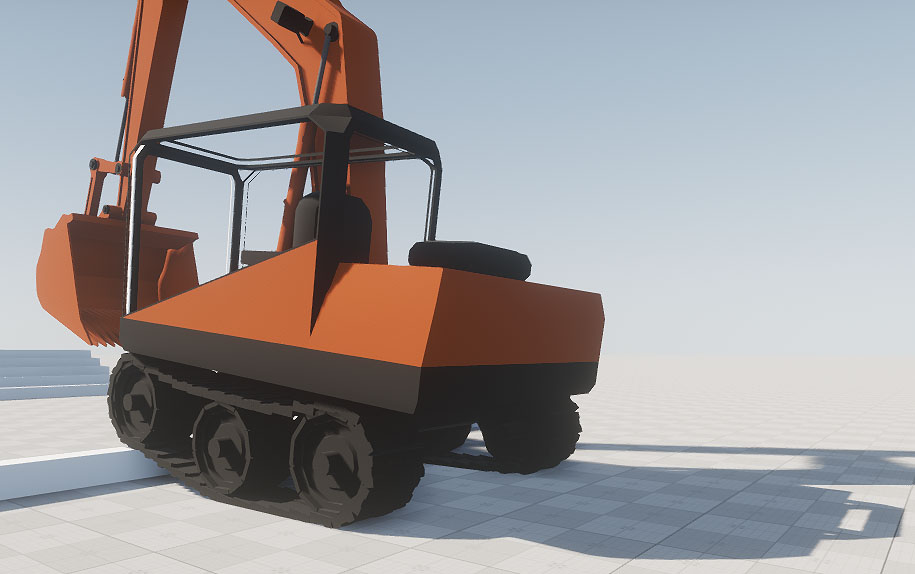Tracked Vehicle

The Tracked Vehicle samples demonstrate how create vehicle tracks:
Non-physical Tracks sample shows how to simulate the vehicle tracks using elements without physical bodies and shapes assigned. It illustrates how non-physical tracks interact with various obstacles.
SDK Path: <SDK_INSTALLATION>demos\cpp_samples_2.19\source\tracked_vehicle
Physical Tracks sample shows how to simulate the vehicle tracks using elements with physical bodies and shapes and suspension joints assigned. It illustrates how physical tracks behave on interacting with various obstacles and when rotating depending on the vehicle speed.
SDK Path: <SDK_INSTALLATION>demos\cpp_samples_2.19\source\tracked_vehicle
Accessing Demo Source Code#
You can study and modify the source code of this demo to create your own projects. To access the source code do the following:
- Find the C++ Samples demo in the Demos section and click Install (if you haven't installed it yet).
- After successful installation the demo will appear in the Installed section, and you can click Copy as Project to create a project based on this demo.

- In the Create New Project window, that opens, enter the name for your new project in the corresponding field and click Create New Project.

- Now you can click Open Code IDE to check and modify source code in your default IDE, or click Open Editor to open the project in the UnigineEditor.

The information on this page is valid for UNIGINE 2.19 SDK.